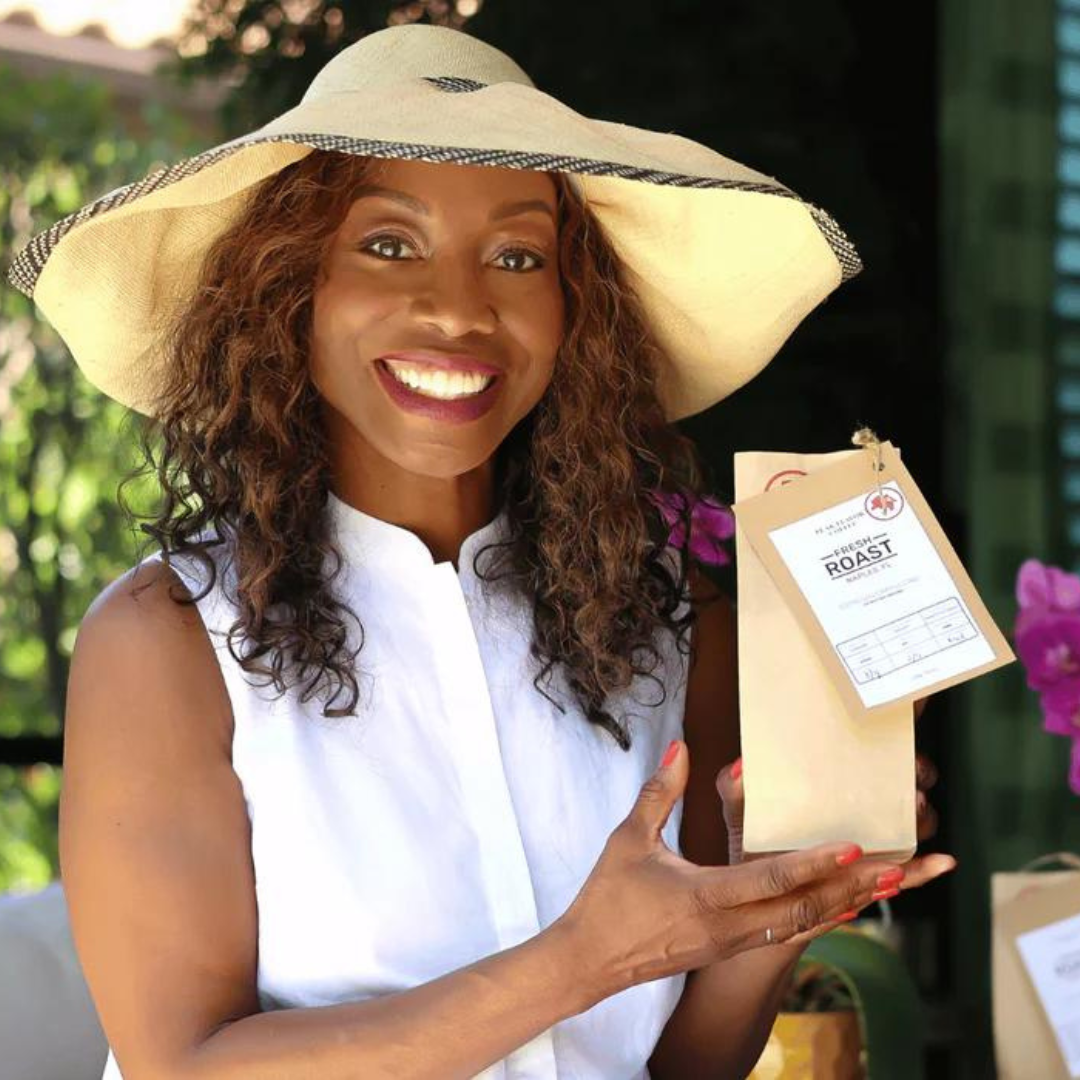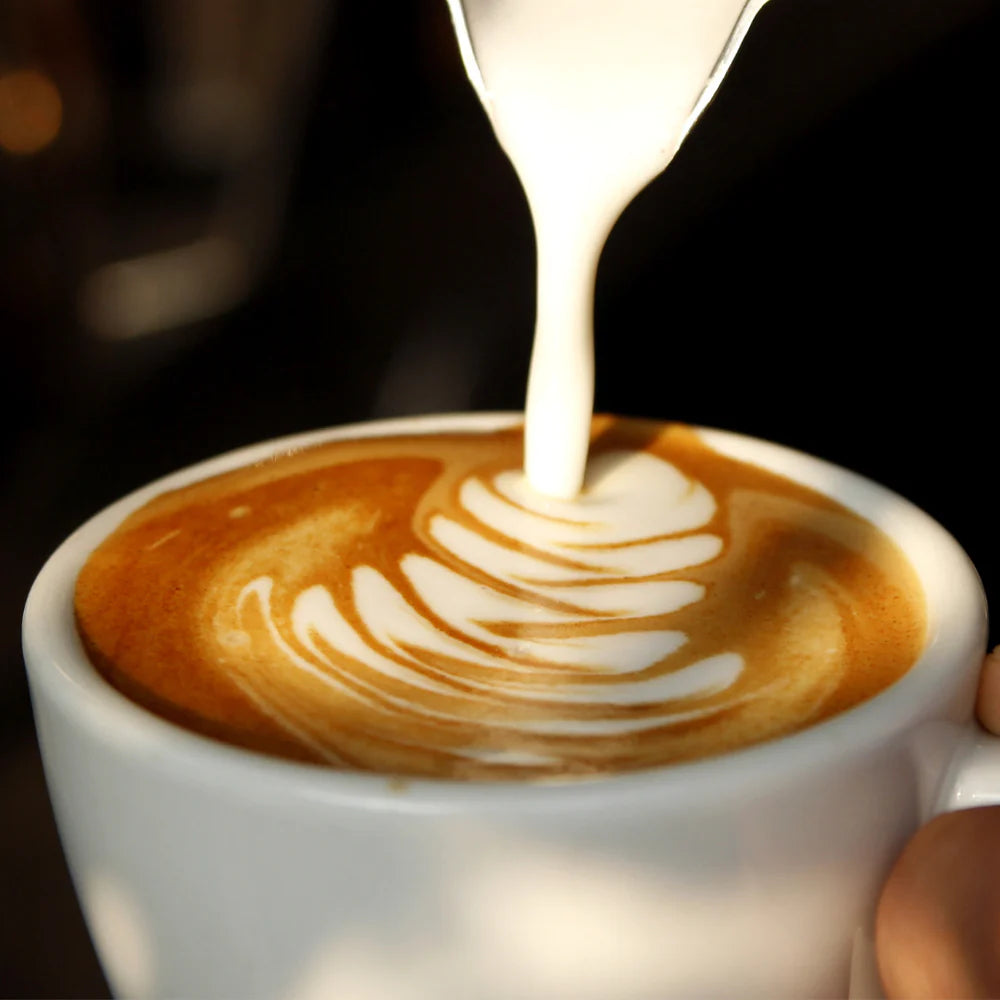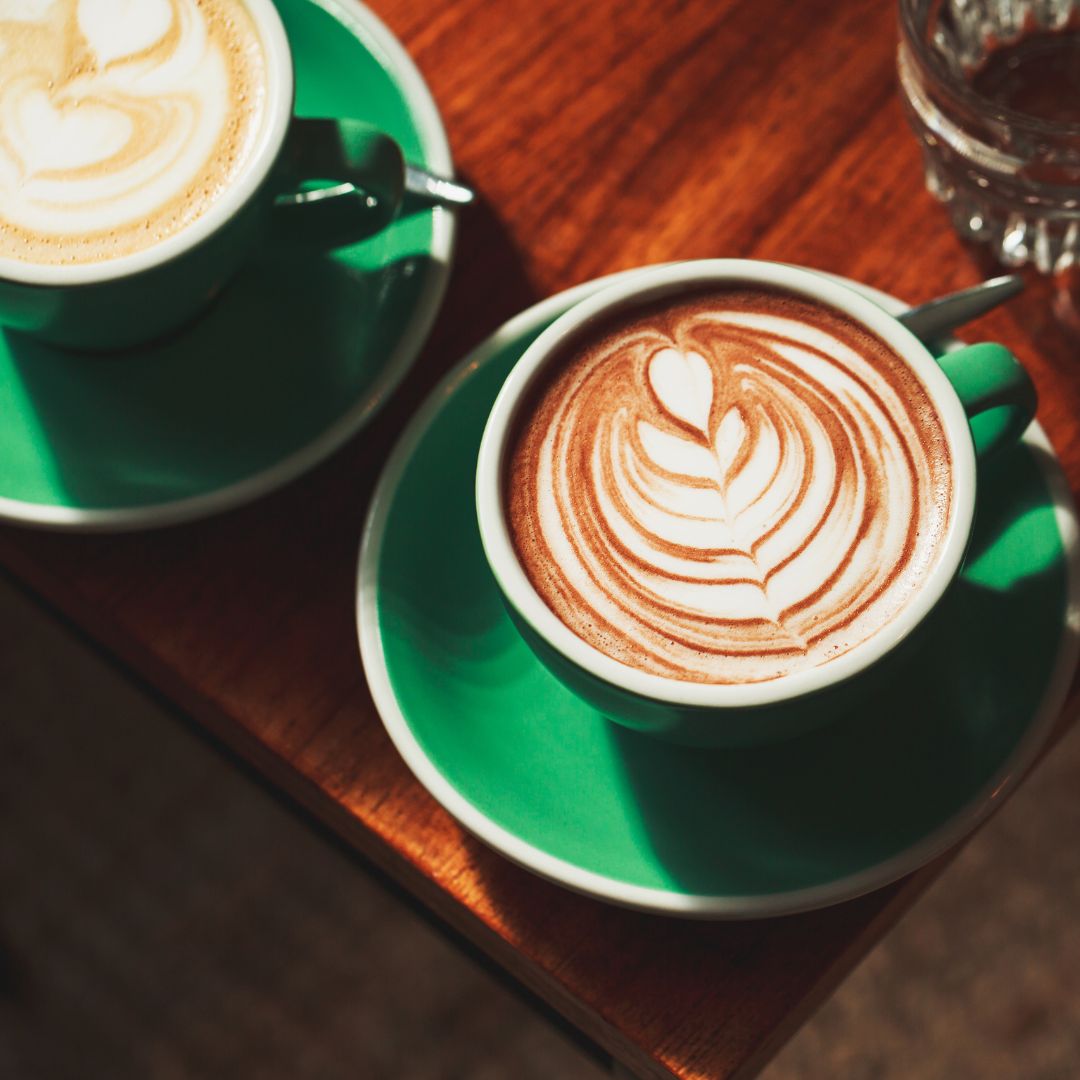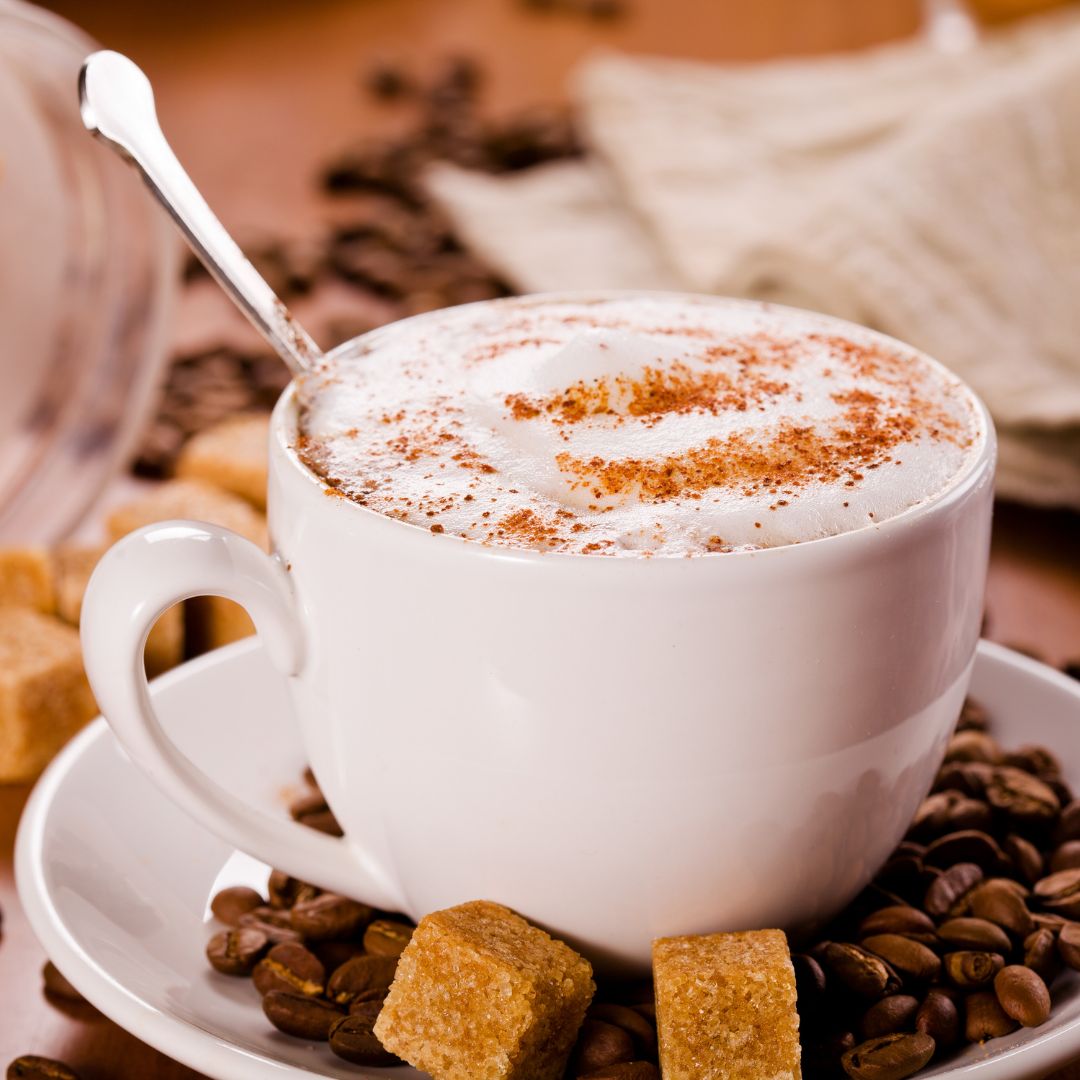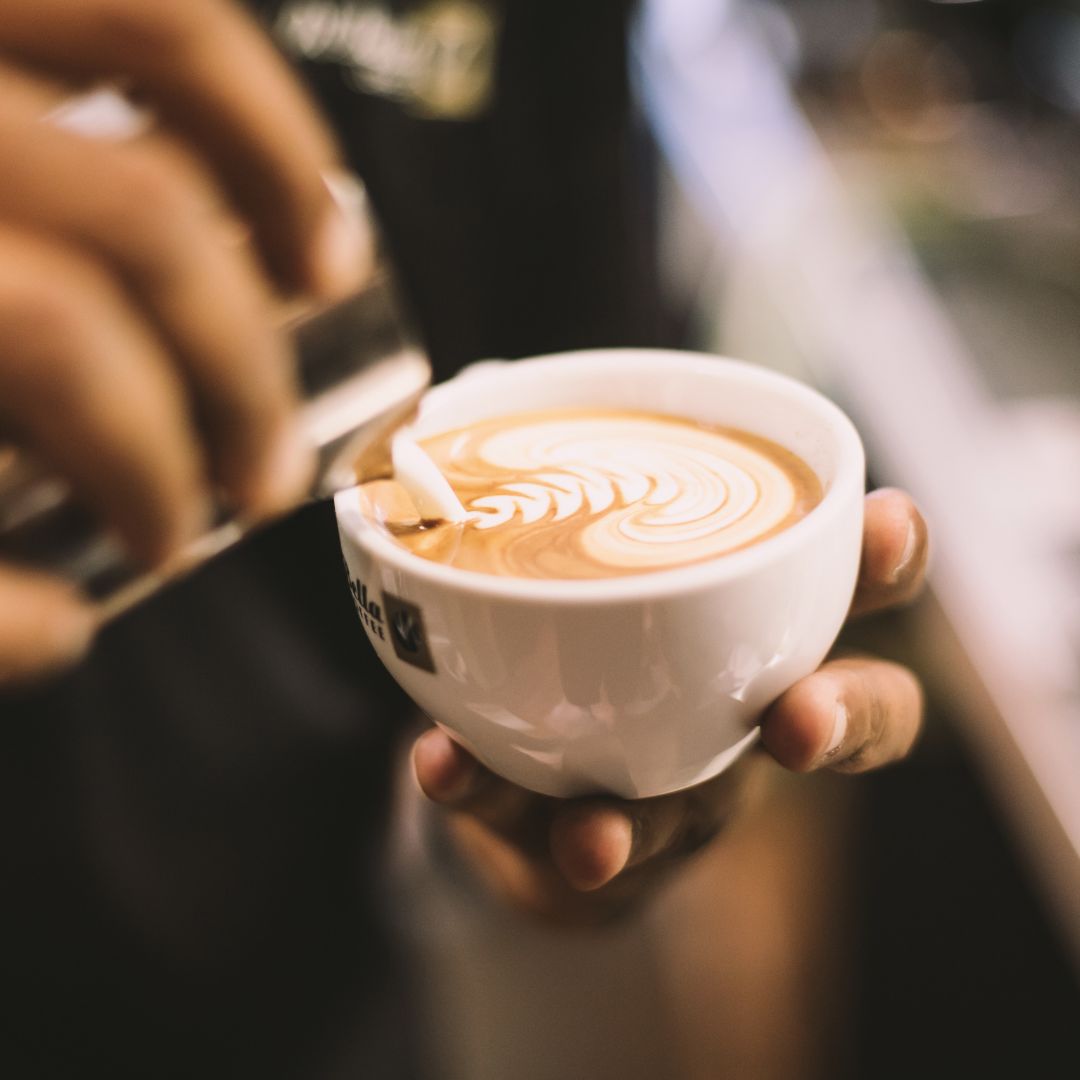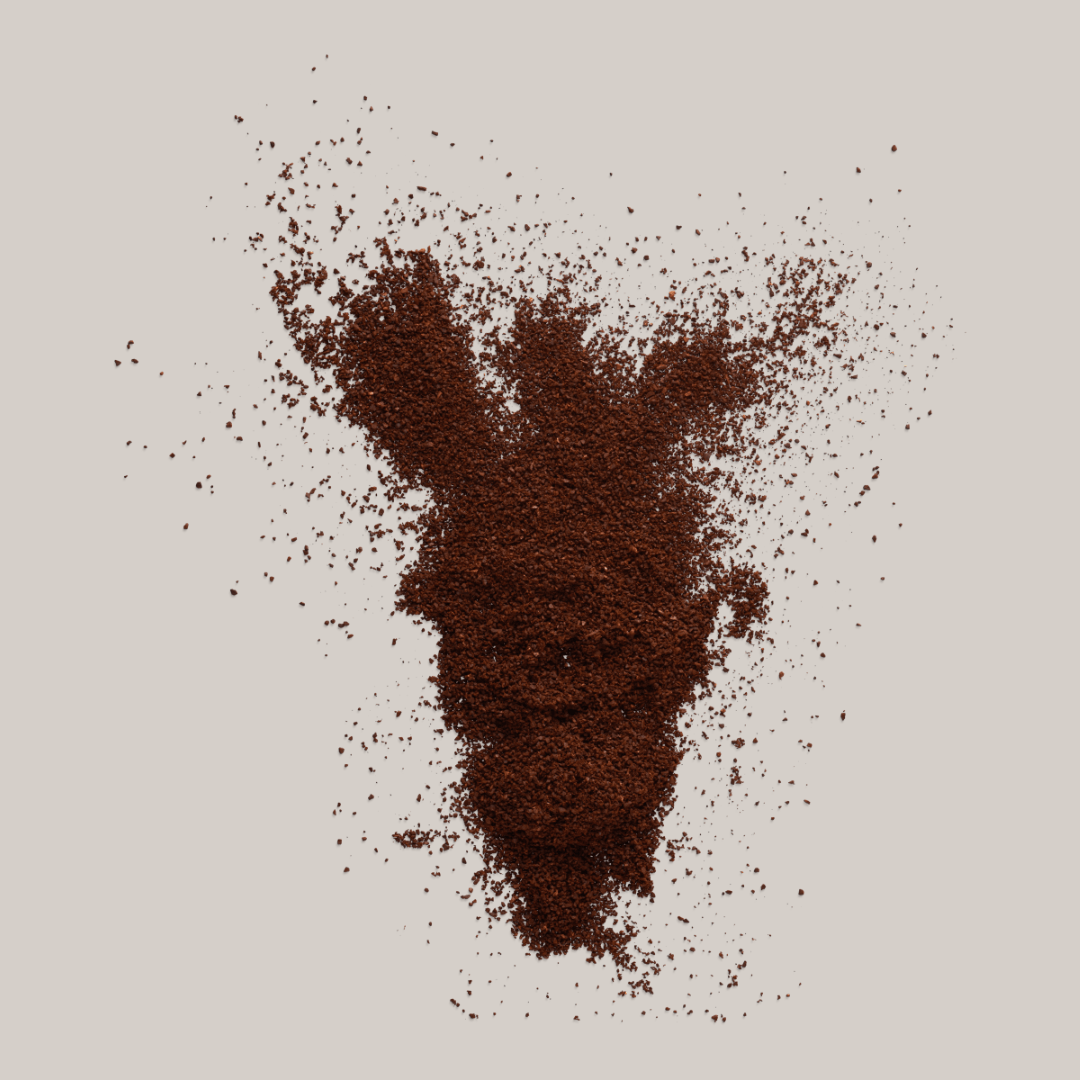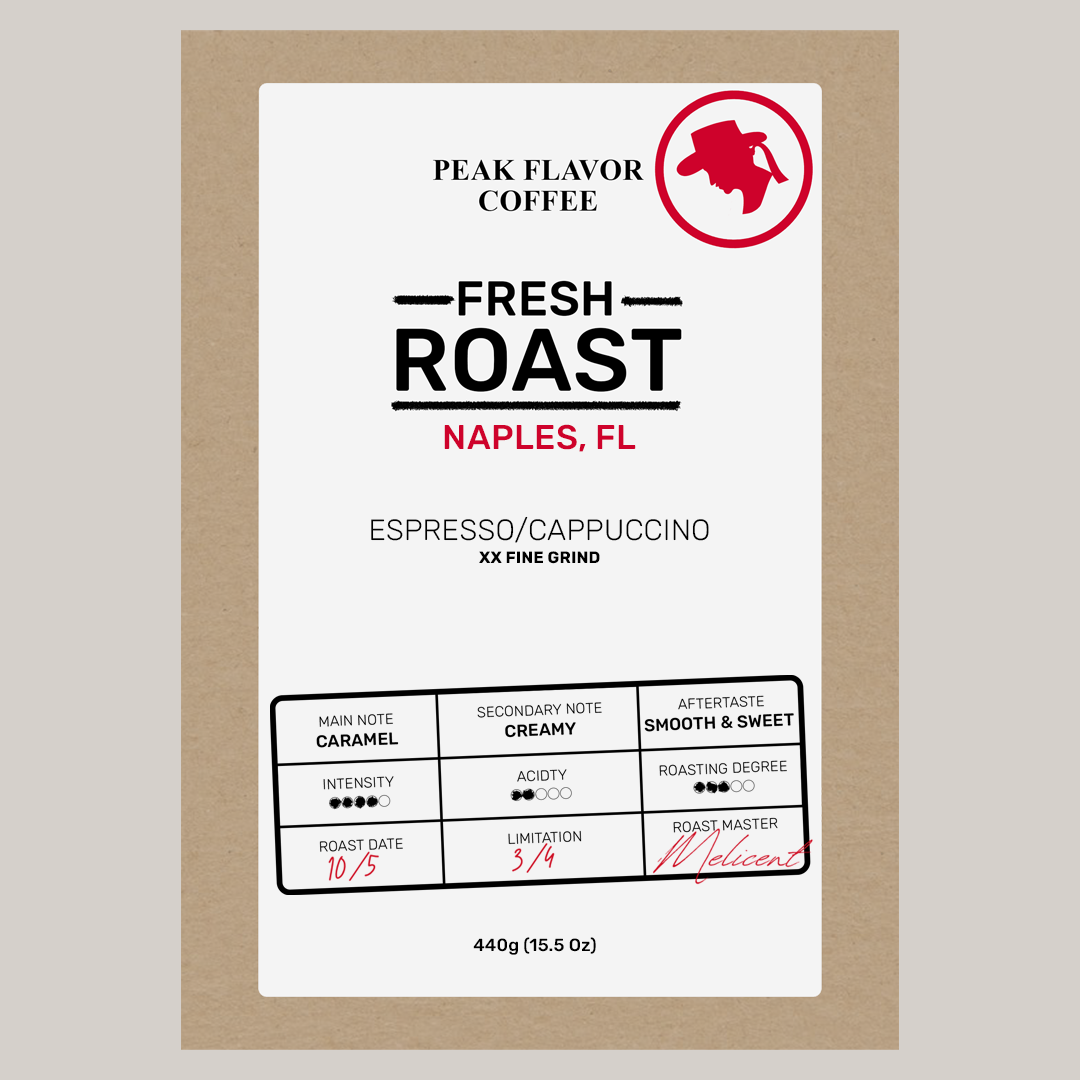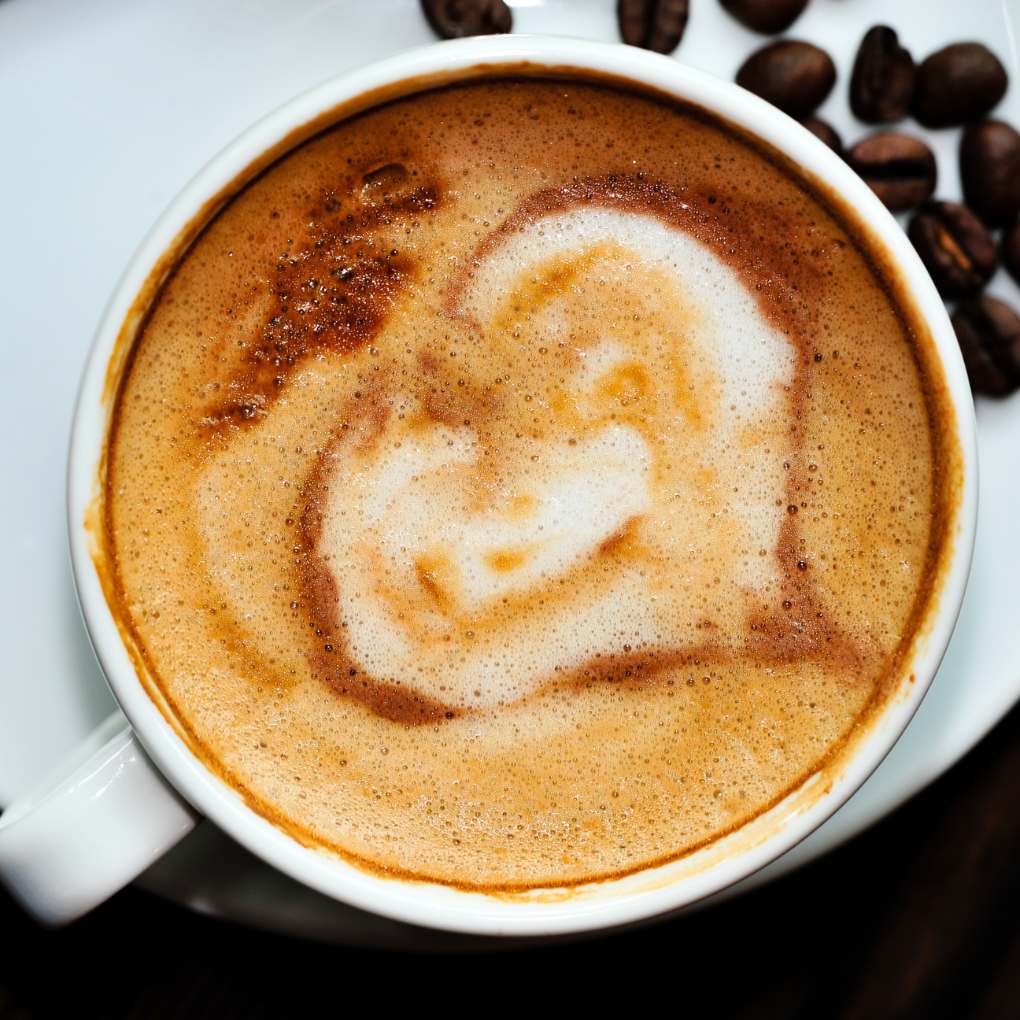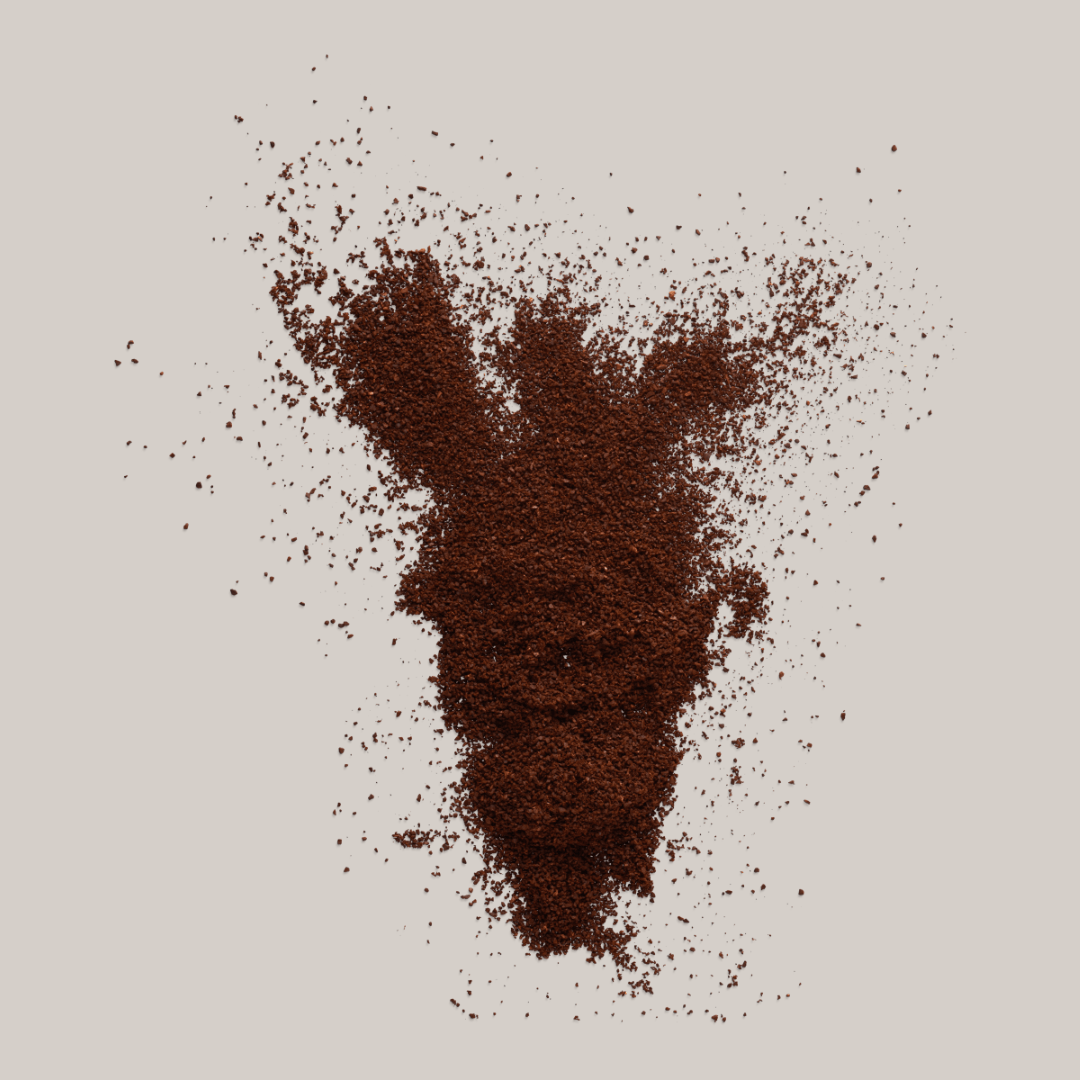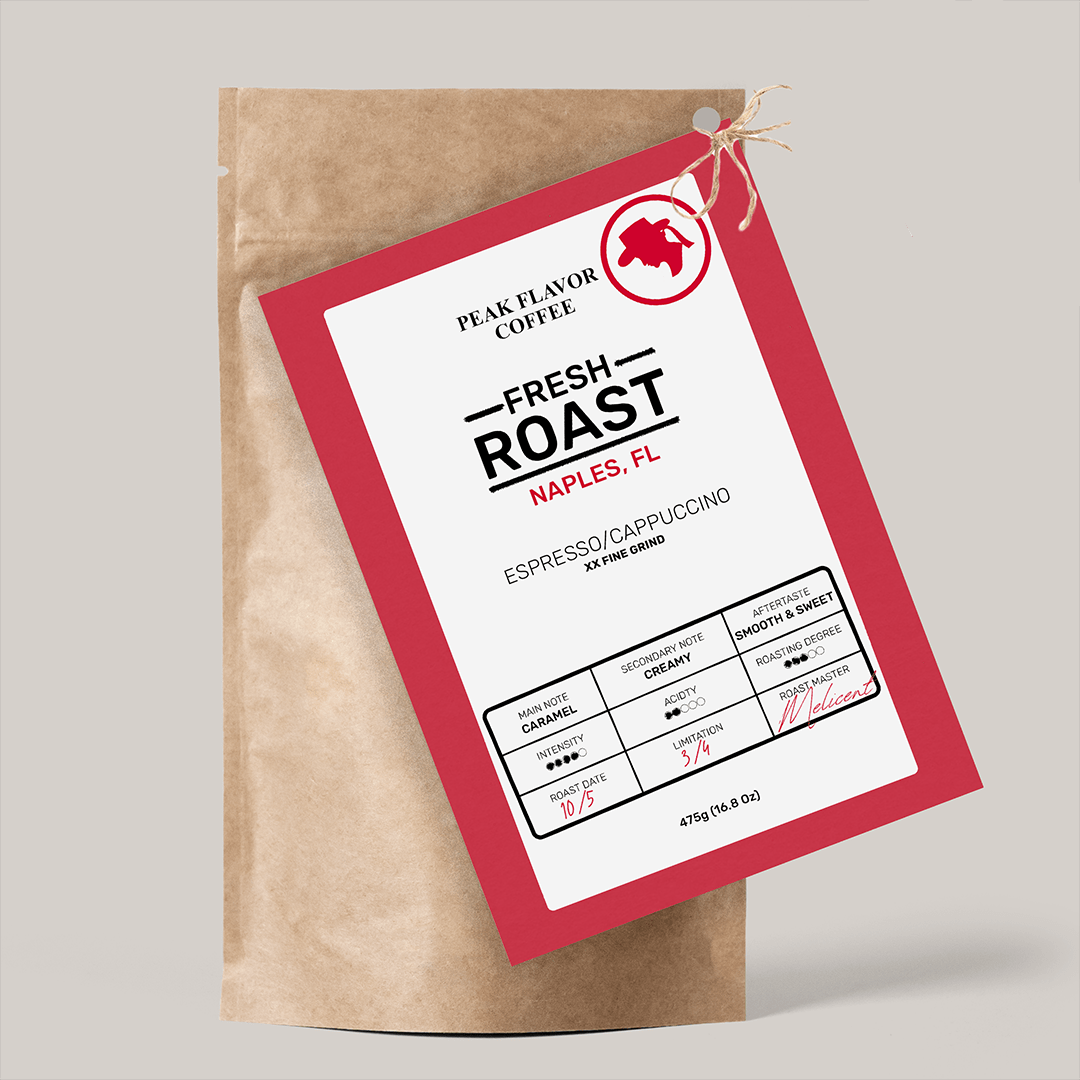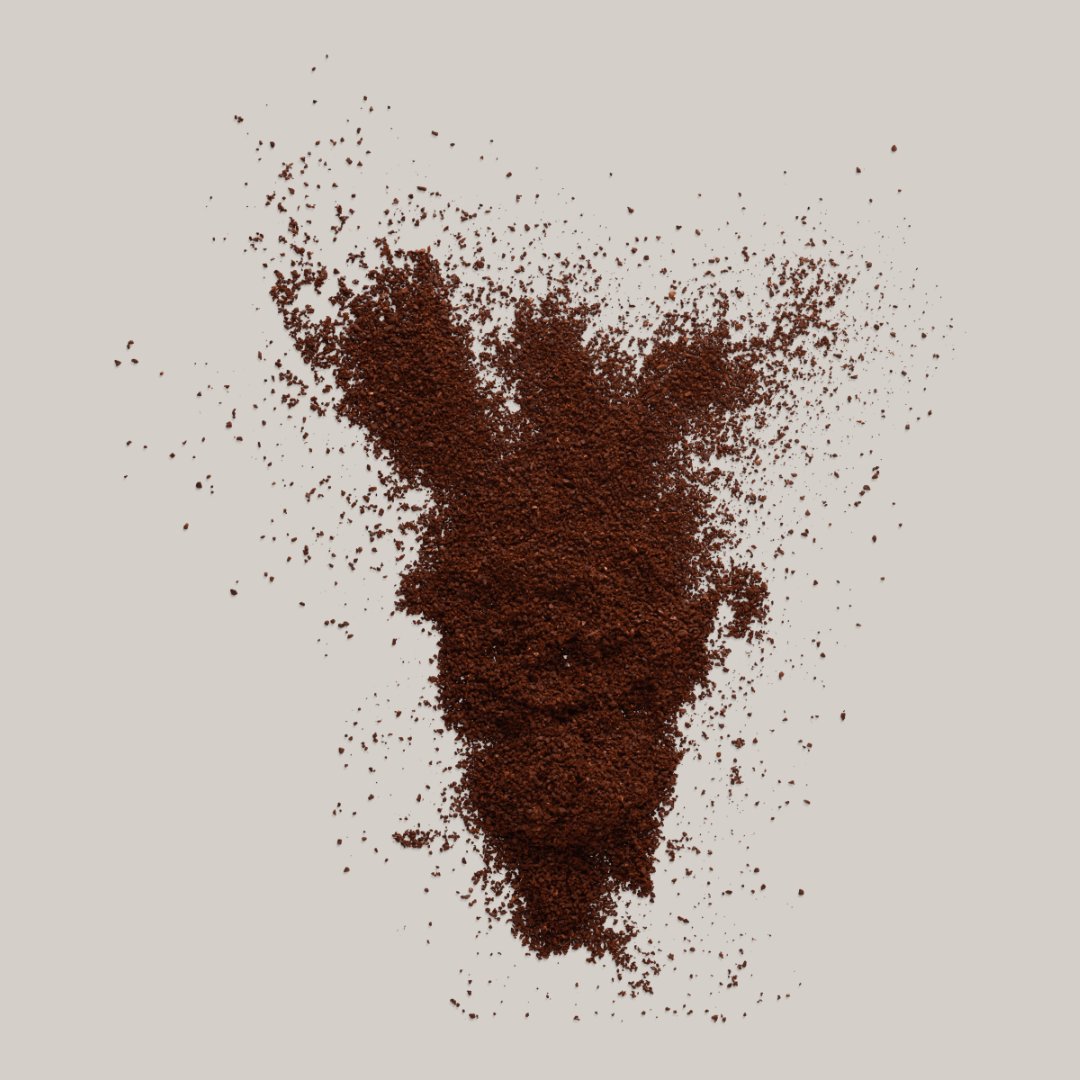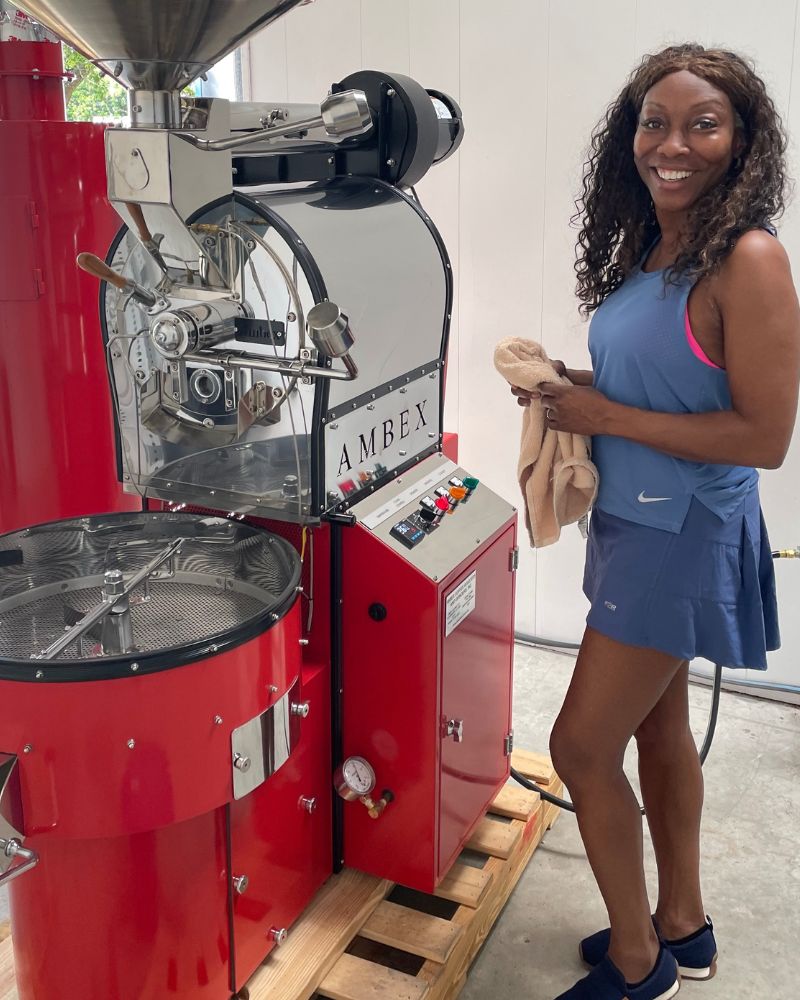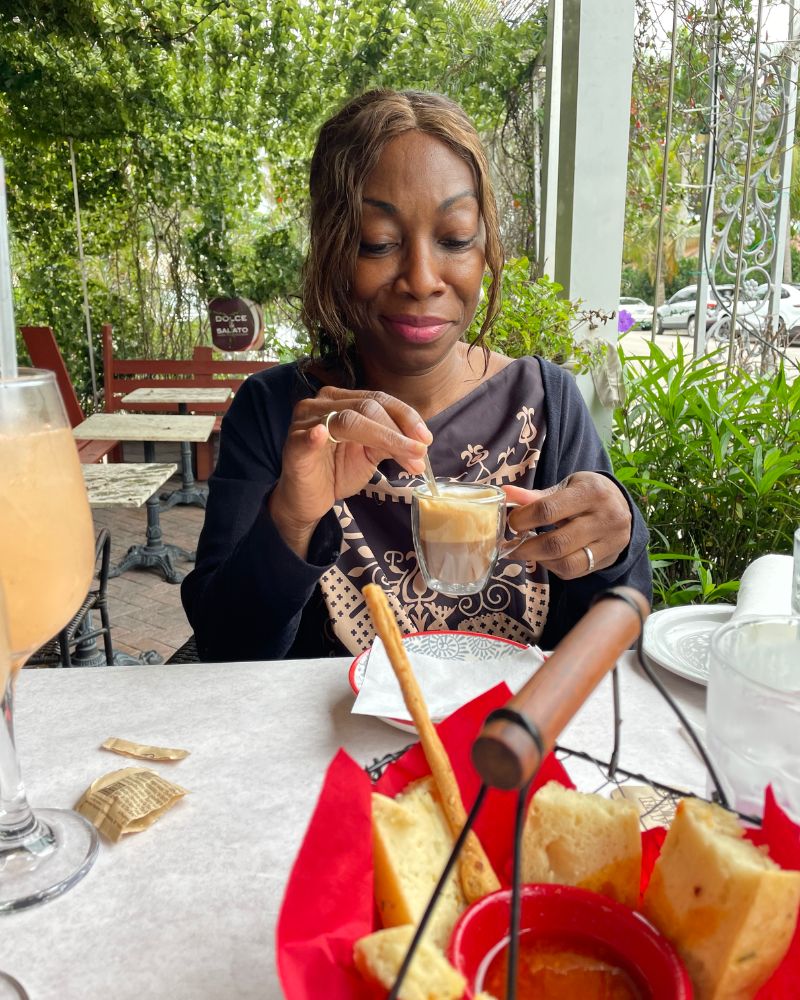Cappuccino vs Latte: What's The Difference?
People often ask me what the difference is between Italian cappuccino and Latte. When it comes to coffee, there are many different options to choose from. Two popular choices are the cappuccino and the latte.
But what exactly sets these two beverages apart? Let's take a closer look at the differences between a cappuccino and a latte.
What is a Cappuccino?
A cappuccino is an espresso based coffee drink with milk and milk foam that originated in Italy. Italian Baristas make cappuccino with equal parts espresso, steamed milk, and milk foam. The key characteristic of a cappuccino is the thick layer of foam on top, which gives it a creamier texture.
Authentic Italian cappuccino contains a double shot of espresso with similar amounts of milk and milk-foam and is generally served in a small glass. More importantly, genuine Italian cappuccino is made from a naturally sweet espresso bean blend, roasted slowly to tease out natural caramel, vanilla and honey notes. Italian barista’s typically avoid bitterness by adjusting the grinder to grind typical cappuccino coffee grounds which are a little finer (300 microns) than espresso grinds (350 microns).
What is a Latte?
Latte literally means “milk” in Italian. In America, latte is short for café latte. Cafe latte is made with a shot of espresso and steamed milk, topped with a thin layer of milk foam. The main difference between a latte and a cappuccino is the ratio of milk to espresso. A latte has more milk and less foam, resulting in a smoother and creamier texture.
In Italian coffee culture, however, you will more often hear coffee lovers ask for a latte macchiato, which represents a shot of espresso with a dollop of milk foam. Latte Macchiato in America was made popular by Starbucks and often contains more than 300 calories due the addition of artificial flavors. Authentic Italian macchiato contains about 50 calories and often gets served in a small glass, just like cappuccino.
Key Differences
Besides the portion size, the main differences between an Italian cappuccino and an American latte relate to the beans, roast and grind size:
Cappuccino Beans:
Italian cappuccino is typically made from a bend of naturally sweet espresso beans, grown at high altitude plantations in the highlands of Brazil, Honduras, and Vietnam. Italian espresso beans are always a mixture of Arabica and Robusta beans to ensure your espresso machine extracts enough natural coffee oils for abundant crema.
Cappuccino Roast:
Authentic Italian cappuccino beans are slow roasted to allow for enough time to caramelize the natural sugars in the beans. Taste-wise, Italian cappuccino contains notes of natural caramel, vanilla and honey and therefore needs less sugar or milk to mask bitterness. Natural sweetness explains why Italians do not need large portions of milk to mask bitterness.
Cappuccino Grinds:
Genuine Italian cappuccino coffee grounds measure 300 microns, which is slightly finer that typical espresso grinds. Grinding a little finer allows for more coffee intensity, which is necessary when you add milk and foam.
Other Differences
One of the main differences between a cappuccino and a latte is the ratio of espresso, milk, and foam. A cappuccino has equal parts espresso, steamed milk, and foam, while a latte has more milk and less foam. This results in a different taste and texture for each drink.
Another difference is the serving size. A cappuccino is typically served in a smaller cup, around 6 ounces, while a latte is served in a larger cup, around 8-12 ounces. The larger size of a latte allows for more milk, making it a popular choice for those who prefer a milder coffee flavor.
Overall, the choice between a cappuccino and a latte comes down to personal preference. If you enjoy a stronger coffee flavor with a thick layer of foam, a cappuccino may be the right choice for you. If you prefer a smoother, creamier texture with more milk, a latte might be more to your liking. At Peak Flavor Coffee, we prefer to stay as close as possible to typical Italian cappuccino.
Next time you're at a coffee shop, consider trying both a cappuccino and a latte to see which one you prefer. Whether you're a fan of the bold flavors of a cappuccino or the creamy texture of a latte, there's a coffee drink out there for everyone.
Coffee Hugs,
Melicent

